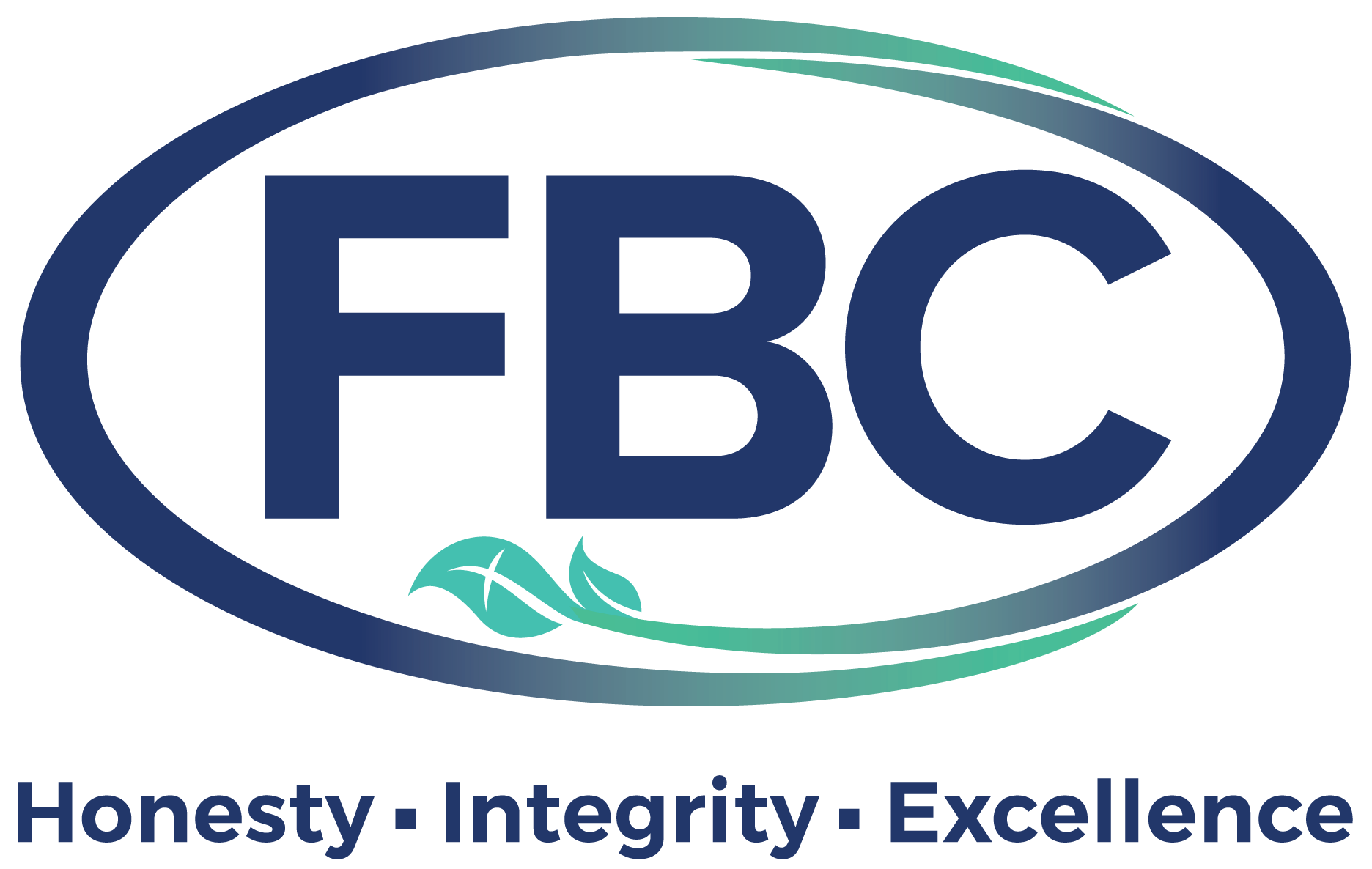Modern HR technology has the power to streamline processes, minimize bureaucracy, and create a centralized source of truth for important employee data and metrics. Despite these benefits, HR teams often struggle to make a business case for upgrading their business’s HR software. Conversations with leadership and finance break down, leaving HR teams to carry on using poorly designed or obsolete platforms.
There’s a lot to consider when deciding on new HR technology, such as:
- What features are important to your business?
- Would it be better to select a comprehensive HRMS, or would you rather select specialized software for each process?
- What is your company’s size, growth rate, industry, HR pain points, and business goals?
Selecting new HR Technology can have massive ramifications for a business, so it is essential that as many stakeholders as possible are involved in the selection process. This means looping in people from departments that don’t always work together, as well as leadership and the people who will be using the new software as part of their jobs.
While there are many hurdles to overcome along this path, one place where the conversation often runs aground is when HR professionals are trying to get finance on board with the investment. When things reach a stalemate, HR is left feeling like finance is too focused on the numbers and just wants to dismiss what they’re proposing. In reality, finance is often eager to invest in their company’s human capital, but they need the numbers to justify the decision. Their goals aren’t actually in conflict, the real issue is that both sides are speaking different languages.
The decision on what HR software to choose should be based at least in part on what impact the new platform is projected to have on business goals. Connecting HR metrics (productivity, engagement, talent acquisition, turnover, etc.) directly to business goals allows you to bridge the language barrier so that you can prove the ROI for the new technology.
Here are 6 benefits to implementing new HR software and how you can use them to make a business case for making an upgrade.
- Historical Recruitment Data
- Having the ability to analyze historical recruitment data can reveal insights on hiring practices that translate directly into business metrics. Reductions in turnover can drive down training and onboarding costs resulting in savings on overall payroll expenses.
- Turnover prevention
- HR analytics can be used to identify employees who are likely to leave an organization before they do, allowing business leaders to intervene before they lose their coveted talent. Losing important people can be extremely disruptive to business operations and, without technology like this in place, it is very difficult to know you have a problem until you’ve already lost the employee.
- Recruitment ROI
- Modern HR technology can provide recruiters with insight about candidate/job fit, helping to make better hiring decisions and get better ROI from each new hire.
- Error Prevention
- HR professionals make mistakes too, and when they do it can be very costly. While there is a tendency to blame the person that made the mistake, the error often could have been prevented with better designed software.
- Employee Experience
- Well integrated HR technology systems can help you create a cohesive experience for your employees, improving their trust and loyalty to the company. They can also help with the creation, distribution, and analysis of employee engagement surveys, allowing you to identify areas of concern and be proactive about your workforce morale.
- Employee Development
- Modern HRMS systems can be used to track employee development and distribute training resources. The analytics that these systems generate allow you to identify skill gaps that might be interfering with productivity and ensure that your workforce is properly educated. They can also be used to identify high performing employees that are ready to upskill and take on leadership positions. Hiring from within reduces the HR recruitment load, thereby lowering costs, and the analytics can help you have more confidence in these internal hires.
Overcoming the language barrier between HR and finance can show that both sides really have the same goals. Doing the work of connecting HR metrics to business goals also shows that you understand where finance is coming from, which can help get them to weigh some of the less-measurable reasons you might give for implementing the new software. If both sides can communicate, finance can actually be very helpful in making sure that the new software aligns with those goals by allowing them to weigh in on which software solution will be most effective in growing the business.

